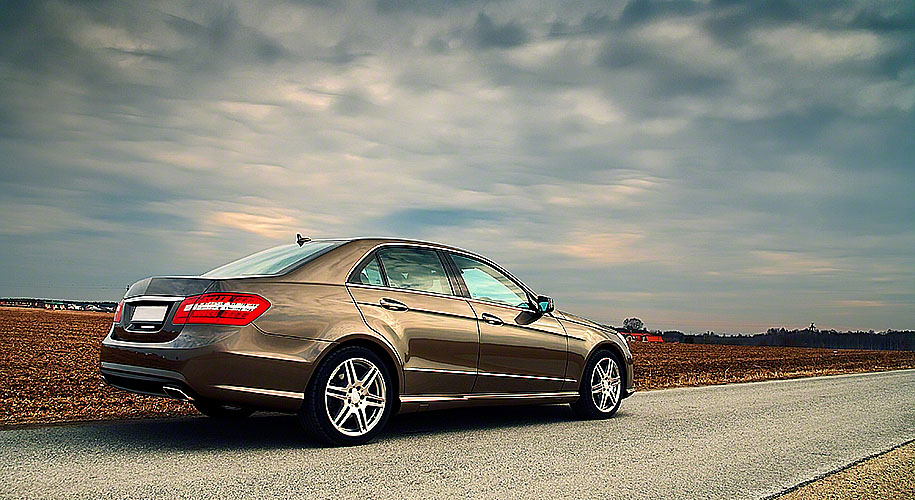Car window tints are becoming increasingly popular with each passing day. In fact, the tint industry is valued at somewhere around $4.5 billion today. While some people get their vehicles tinted for privacy, others want it for visual appeal. In this blog, we are going to discuss auto window tinting percentages that will help you decide the right tint if you are not that vehicle-savvy. Let’s begin!
Car Tint Percentage Options
When it comes to choosing car window tints, there is a wide variety available out there. From 5% to 90%, you can choose amongst different types of window tints based on your budget and preferences. The percentage refers to the amount of light that passes through the tints.
Therefore, the lower the percentage, the darker will be the tint. However, people who are getting their vehicles tinted for the first time often face serious complications. Those who want the perfect balance can opt for 50% window tints. These tints do not result in complete darkness inside the vehicle.
At the same time, 50% tints will also reduce glare and block UV rays. This will prove beneficial during the summer season especially while driving on the motorway.
On the other hand, if you opt for 35%, the interior will become relatively darker but you can still easily see through it. These tints are mostly preferred by vehicle owners due to their sleek aesthetic and stylishness.
Furthermore, if you wish to have privacy, you can opt for 20% window tints. These tints only allow you to see through if you are standing close but even that is difficult. Some vehicle manufacturers offer tinted windows between 15% to 20%. These tints are pre-installed and are within the limits laid down by the state.
Finally, you have the 5% tints. At this stage, you can’t see through the windows no matter how close you are to the vehicle. However, 5% tints in most states are illegal. These tints are used for VIPs and might need a permit in some cases.
Tips For Choosing The Best Tint Percentage
Consider The Laws
Authorities regulate window tints and the limit varies based on the state. Different states have different regulations regarding car tints. If your tints are darker than what is allowed by the state, you will get in trouble with the traffic police. Therefore, the first thing you need to do prior to installing tints is consider the rules and regulations.
Define The Purpose
As mentioned earlier, window tints are installed for several different reasons. It might be visual appeal for some and privacy for others. However, if the aim is to block UV rays and keep the interior of the vehicle safe from damage, you can opt for a translucent film that features little to no darkness but is engineered to block 100% UV rays. As a result, you wouldn’t have to worry about your vehicle being parked under the blazing sun most of the day.
At the same time, if you carry valuable items in your vehicle and want to reduce the risk of a break-in, you should go for a darker film. But if you want to reduce the glares and enjoy the scenery outside while driving, you should opt for a balanced percentage that is neither too dark nor too light.
Pick A High-Quality Film
Some vehicle owners with the intention to save a few bucks choose to install low-quality films that damage their windows in the long run. Instead of buying window tints online, you should opt for a certified dealer nearby. These dealerships have professionals who are trained to install window tints. As a result, you reduce the risk of amateurs scratching your windows during the process.
Plus, these dealerships back their products by offering warranties and guarantees. This way you will know that your investment is protected for several years to come.
Final Word
Concluding, the window tint percentage depends on you plan to do with the vehicle. Anything above 15%-20% should be fine. But if you want the best of both worlds, opting for 35% window tints is going to be the best decision as they balance the darkness and light ratio perfectly. But get information from window tints shops Springfield if it is legal in your state.
